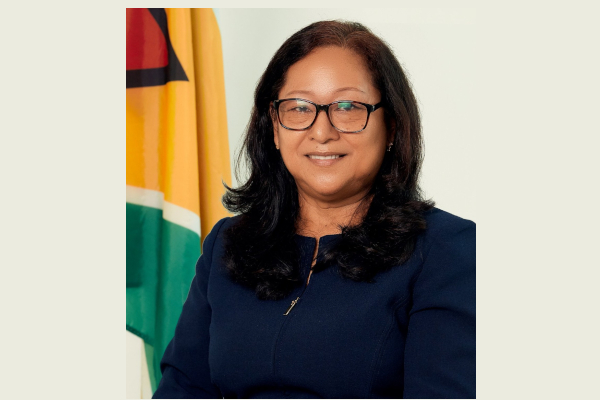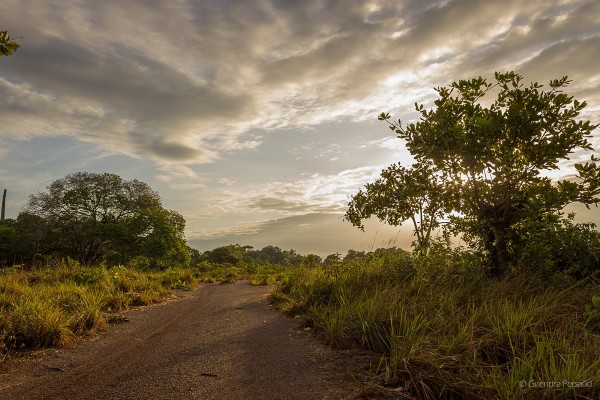Hinterland Scholarship Division
History The Amerindian Scholarship Programme was introduced in 1962. The first six (6) students were those who had written the Common Entrance Examination and performed creditably. They were awarded places at Secondary Schools in the capital city, Georgetown. Hence scholarships were offered annually to the outstanding performers. The need for...



